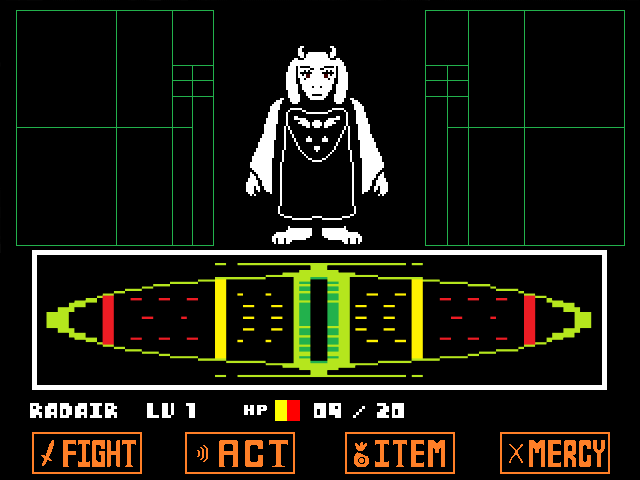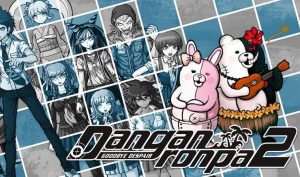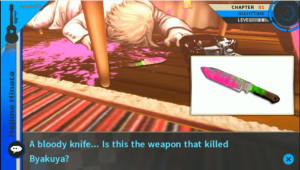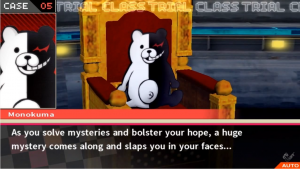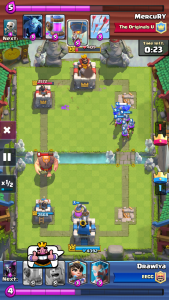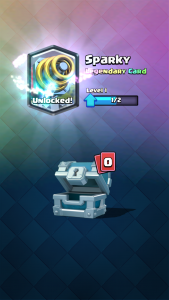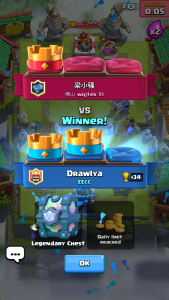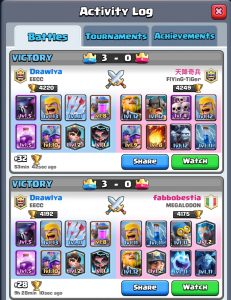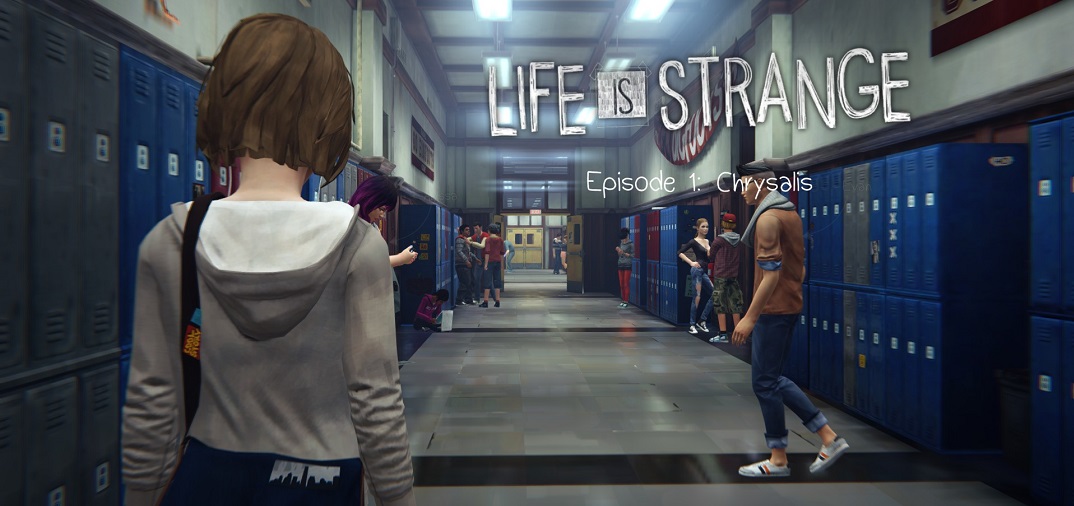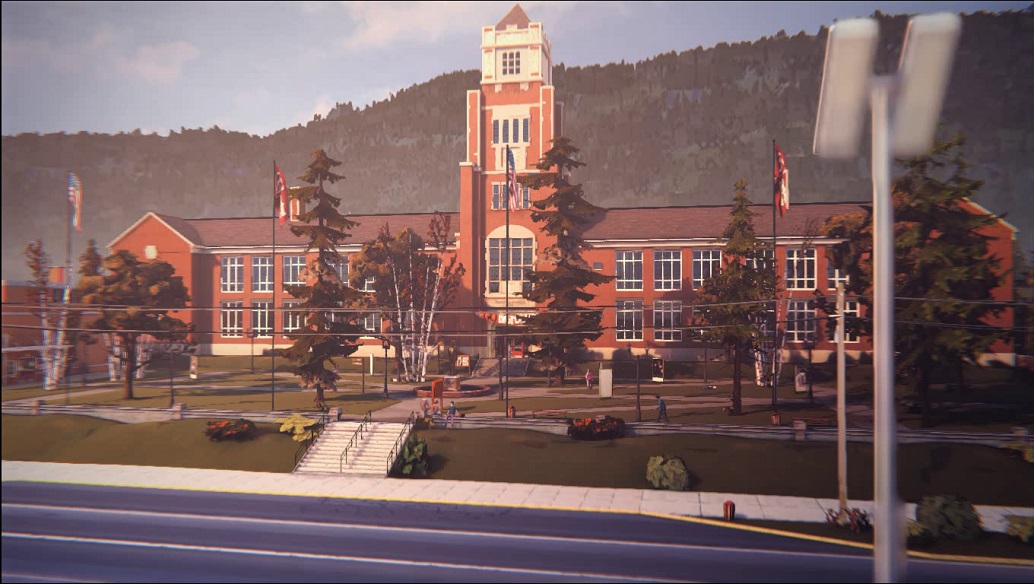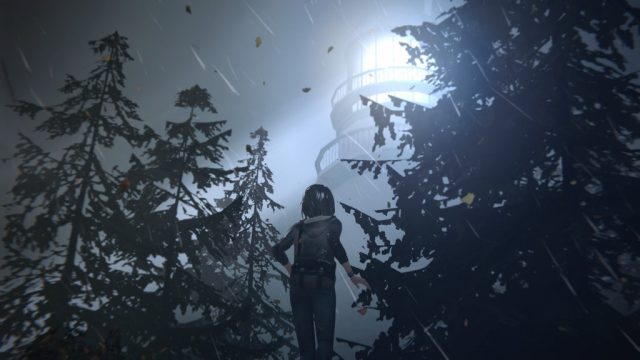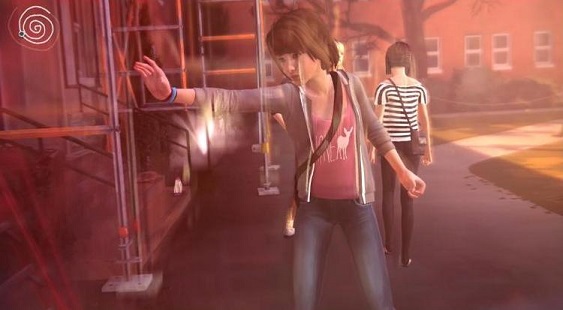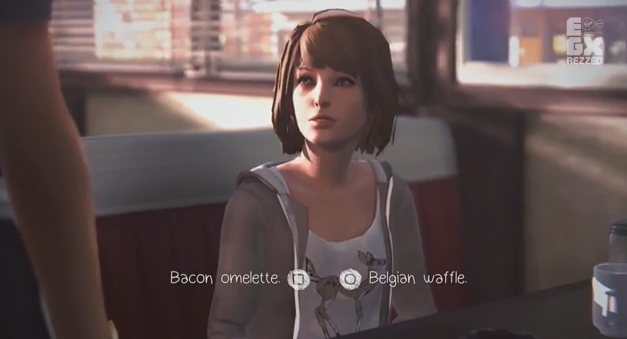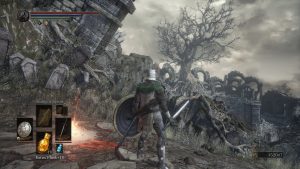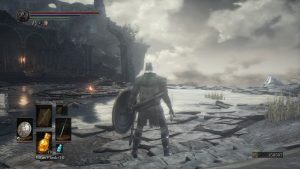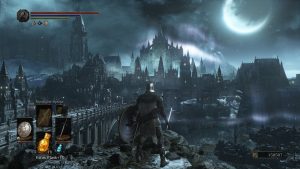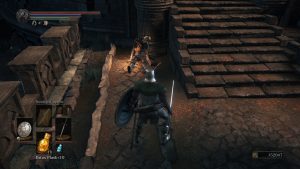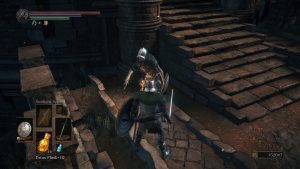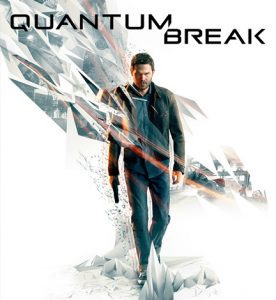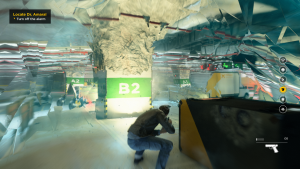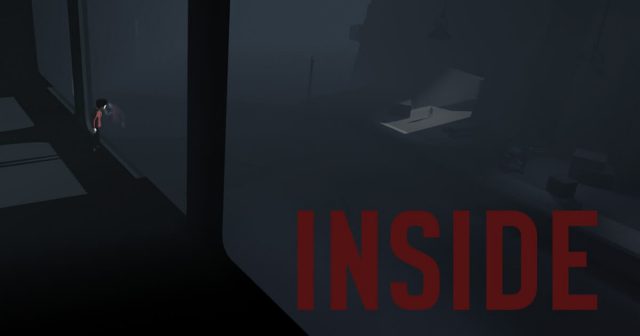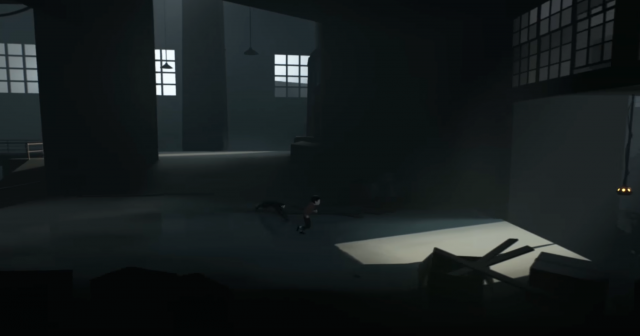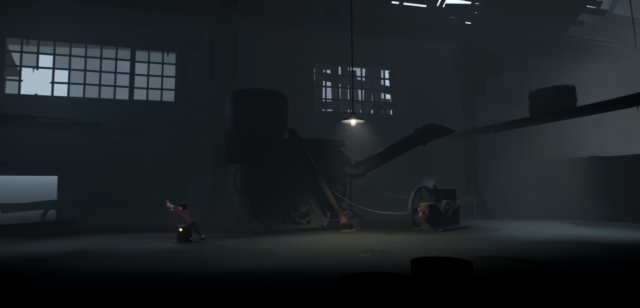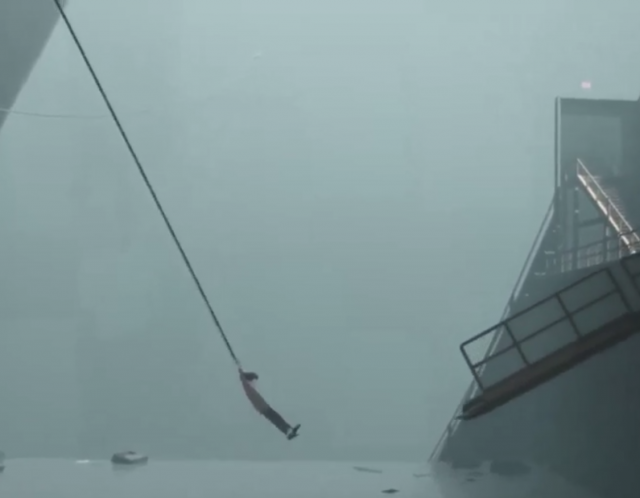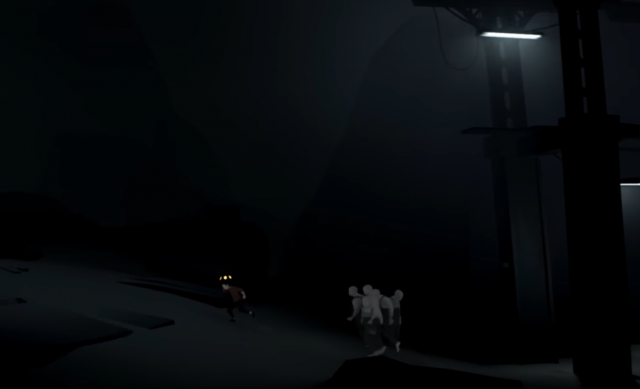
Website: (it’s too old, this is for the remake) http://www.zelda.com/ocarina3d/
Gameplay: (full game) https://www.youtube.com/watch?v=3QvlxoX1GjI
Short description
The Zelda series of games is not easily classified; I personally think it is of the puzzle-action-adventure genre. With a linear storyline, players adventure through dungeons, defeating enemies and solving puzzles to advance through the storyline. The Ocarina of Time’s defining characteristic is that time-travel (albeit only through 2 different times) is one of the main mechanics through which players advance.
The Elemental Tetrad
- Mechanics
Mainly action – fighting and weapon/tool-use. Some weapons include bombs and arrows, and some of the more interesting tools include iron boots (used to sink and walk in water) and a shootable grappling hook. The strong adherence to physical rules aid the player in figuring out how and where to use the tools (puzzle-solving). There is also a little magical element in casting spells such as time-travelling by playing songs. Most consequences are still physical and thus players can logically deduce when and where to cast the spells.
- Story
The story progression is linear, but the time-travelling aspect makes the player’s experience seem non-linear. The story-telling is quite tightly-fitted with gameplay, thus serves the game well. There are also surprises and a large plot twist which adds drama and immersion to the game.

Visuals, old (top) and new (bottom)
- Aesthetics
The visuals are nothing spectacular. The Ocarina of Time was first released on the N64 in 1998, thus systems were only capable of supporting low-poly graphics. A remake for the 3DS features much better graphics but still not particularly impressive in this day and age. On the other hand, the music and sounds are beautifully-crafted and synchronise well with the mood of the moment. I feel that the animation is also realistic and expressive, to the point where combined with sound, I even sympathise with the main character when he shivers or falls. Not to mention that I am unable to detach myself emotionally when facing lurching enemies.
- Technology
The game was first released on the N64, a console with standard interactions (screen, controller with buttons, vibration). The remake released for the 3DS featured a very different experience with the upgraded device, with features such as 3D view, gyroscope-controlled camera-panning and touch screen, on top of better graphics.

Back door access required!
Lens #6 The Lens of Curiosity
From the very first game in the series, players have always been rewarded for exploration. Other than the standard rewards such as hidden treasure chests and heart pieces (for increasing max HP), there are also Easter Eggs for the sharp-eyed, such as references to Mario characters and even Nintendo hardware. In addition, a sub-quest requires the player to look for Gold Skulltulas, a type of enemy, 100 in all, which are often hidden away from sight. Players use sound to identify their location and uncover them in various ways, including placing bugs or bombs in the suspicious area.
Lens #21 The Lens of Functional Space
Like all Zelda games, this one is split into an overworld and dungeons. What makes Ocarina of Time stand out is its use of time as a complex boundary to create a separate dimension. Things are similar, but not exactly the same between the past and present. By traversing time, players feel like they are exploring a new space, with a familiar configuration. To me, it feels like my heaven (child-era) turned into hell (teenage-era). Child-era is peaceful and joyful, with fun mini-games, whereas teenage-era is fraught with hellish creatures called forth by the final boss. All the more motivation to finish him off.
Lens #34 The Lens of Skill
Here, I feel that the one skill I lack is in archery. My poor shooting skill makes it extremely tedious and difficult to complete mini-games with moving targets, essential for weapon upgrades. Ocarina of time features a few shooting-related mini-games such as horseback archery and the shooting gallery. In addition, shooting skill is also essential in puzzle-solving and defeating enemies. In this respect, I think the game can improve by tweaking the shooting interface to make it easier.
Lens #76 The Lens of The Hero’s Journey
Zelda games tend to play like an epic, this one included. The game does not go through all 12 steps of Vogler’s Synopsis of the Hero’s Journey, in particular ‘#3 Refusal of the Call to Adventure’ (Link would never refuse!!), but definitely adequately qualifies as a Hero’s Journey. Typical as it may be that the hero is tasked to save a princess/the world, I find it quite amazing that I have not tired of this formula. Perhaps it is the sincerity with which the developers have presented the story. Perhaps gameplay trumps all cliches. Perhaps it is because of the princess’ own involvement in the rescue…

New discovery: cow residing in cave
Lens #4 The Lens of Surprise
Surprise is provided in many forms, from the story to uncovering new weapons and skills. A Zelda game is full of hidden surprises, all waiting to be discovered. The Ocarina of Time is one of my favourites, with developers hiding items and recovery spots out of sight and out of reach, prompting players to rack their brains to find new uses for their weapons, or novel ways to reach these spots. When unwittingly stumbled-upon, the shock turns into a pleasant surprise and a sense of achievement for making a new discovery once again.




